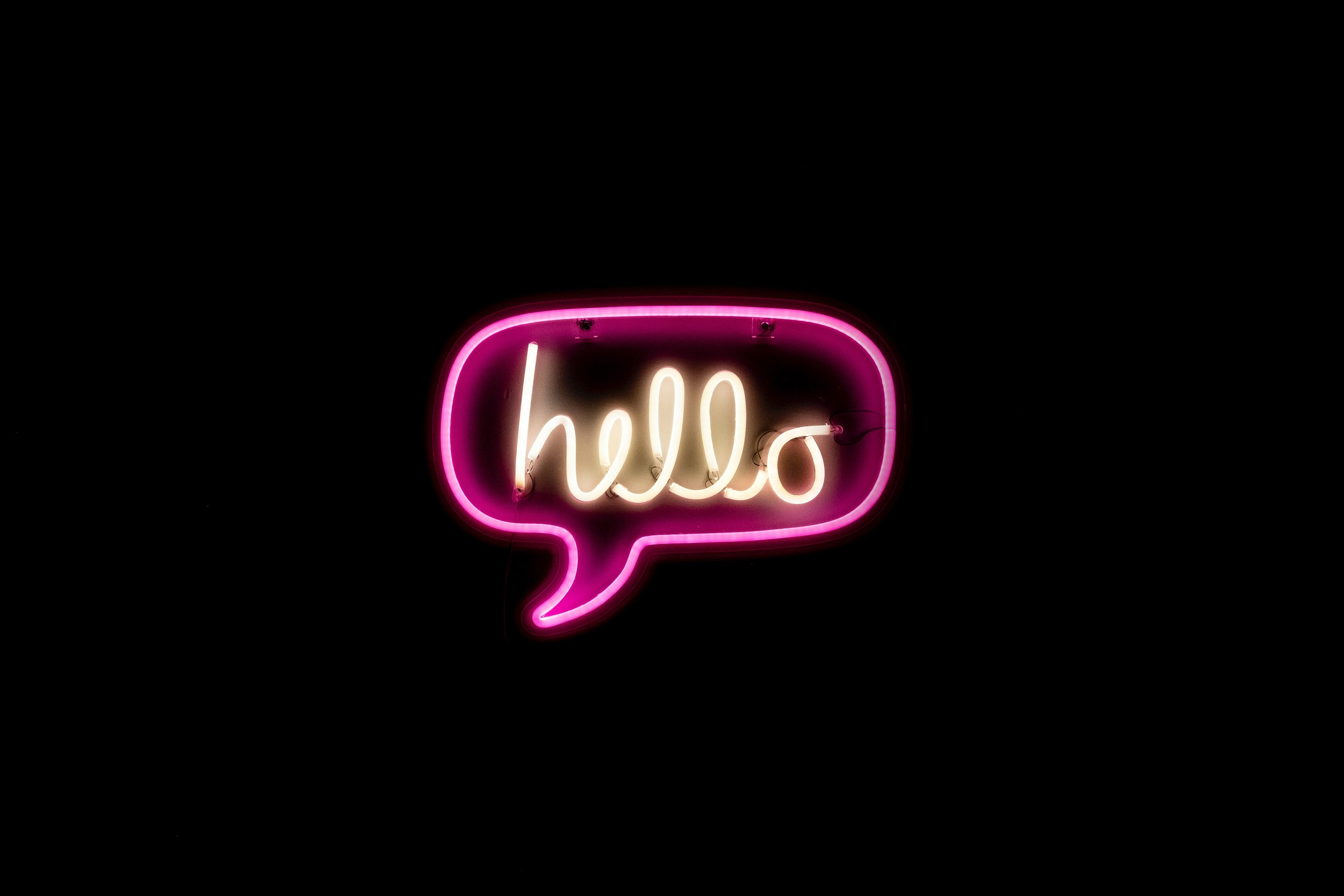Major breakthroughs in the markets for art, books, and fashion arrive perfectly timed for the holiday season. Tech innovations demonstrate their ability to reshape markets and incentivize commerce across digital economies. From fine art to rare fashion finds, tech is redefining how we navigate digital art and cultural commerce. Read on to learn how you might make your next purchase with the help of artificial intelligence or the blockchain.
Letter from the Editor
Hello to all of our arts, management, and technology enthusiasts from the 2023-2024 Chief Editor, Samantha Sonnet. This year’s content will be full of everything from A.I. and blockchain to the intersection of technology and climate/social justice and more! Get your reading glasses ready, and settle in for another great year.
American Alliance of Museums 2023 Conference Takeaways
Audience Retention via UX Design in Museums
Holograms: Where Physics & Art Collide
“Help me Obi-Wan Kenobi. You’re my only hope.” The iconic opening scenes from the original Star Wars film, A New Hope, epitomize what we think of when we consider the word “hologram.” In the minds of science fiction fans everywhere, the hologram is a concept that evokes feelings of wonder at the possibilities for technological advances. Whether someone is a fan of science fiction or not, it can be agreed that holograms have had a distinct impact on the arts. Although they were not initially intended for anything other than scientific use, holograms made their way into the public’s imagination and conjured up ideas of the future of technological advances.
From the Hollywood Bowl to Drive-In Concerts: Live Music During Covid
Live music venues—from large to small—have had to look for alternative ways to stay afloat and engage audiences while the pandemic prevents people from gathering en masse. Many places have turned to technology for solutions, frequently in the form of live streamed concerts. The following three cases provide a breadth of examples for how venues are innovating in the face of adversity and planning to implement technological solutions before and after reopening. The Hollywood Bowl is an example of a large, outdoor venue that could benefit from using software to map out what seats could safely be filled. As a small, independent venue, Mr. Smalls Theatre exemplifies how to use technology to remain connected with the community. A trend among artists and performing arts organizations across the United States is the repurposing of the drive-in model. We will look at how that can provide a safe, live complement to digital offerings.
Top 7 Technology Innovations to Watch in 2019
The Giving Pledge: A Start to Engage Tech Philanthropy
To understand why arts organizations have struggled to capture funds from tech billionaires, arts managers and development professionals would do well to recognize what philanthropic sectors they are losing these dollars to, and why. Armed with these insights, arts professionals can then adjust their strategies to better appeal to this new and growing donor segment.
The App as a new artistic medium, and the future of the music industry
More than any other artistic discipline, musicians have had the fundamental business models of their art form changed through the advent of new technology. At the same time, and out of necessity, the music industry has adapted more rapidly to new technology than any other art form, embracing technological innovation when possible. In their search for more sustainable ways to produce, deliver and experience music, some of the most famous and research driven musicians are experimenting with one of the world’s most used technologic tools: the App.
Firing Up Museums With Sparks! Ignition Grants
 From digital archiving techniques to mobile websites, museums around the country are finding news ways to innovate in our current and rapidly changing information age. There is now an emphasis on experimentation and testing the boundaries of what traditionally defines a museum.
The Institute of Museum and Library Services (IMLS) has initiated a new grant program with this emphasis in mind and is seeking proposals for the current fiscal year. The Sparks! Ignition grants can be up to $25,000, are available for a period of up to one year, and have no matching requirements. Yes, you read that correctly. No matching requirements.
From digital archiving techniques to mobile websites, museums around the country are finding news ways to innovate in our current and rapidly changing information age. There is now an emphasis on experimentation and testing the boundaries of what traditionally defines a museum.
The Institute of Museum and Library Services (IMLS) has initiated a new grant program with this emphasis in mind and is seeking proposals for the current fiscal year. The Sparks! Ignition grants can be up to $25,000, are available for a period of up to one year, and have no matching requirements. Yes, you read that correctly. No matching requirements.
The Sparks! Ignition program is intended for all eligible institutions that want to utilize innovative methods to address some of the current problems that museums and libraries in the U.S. are experiencing. For more information about the application and to find out if your institution meets the criteria for eligibility, visit the IMLS website .
On November 3rd, IMLS staff will be offering a webinar explaining the purpose of the grants, articulating the application process, and answering questions. Your organization will have to move quickly though, the application deadline for all Sparks! grants is November 15th, 2010.














